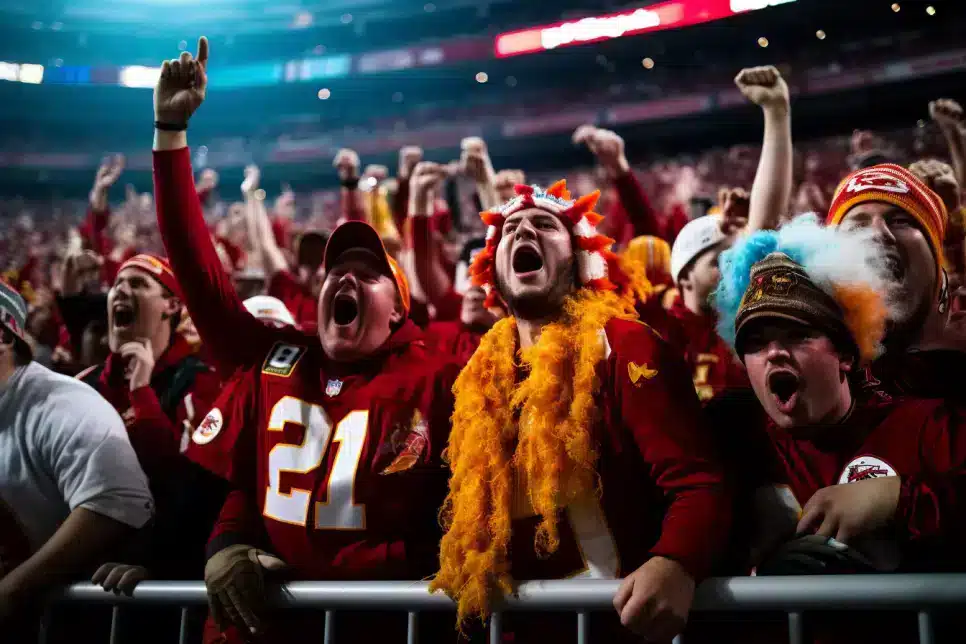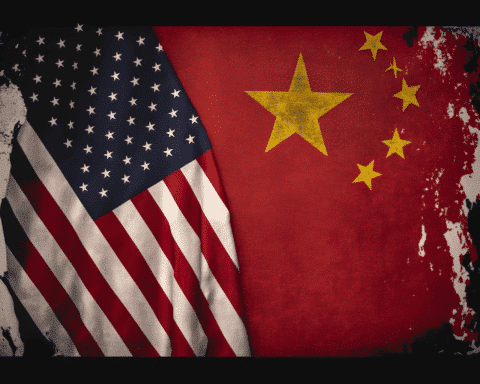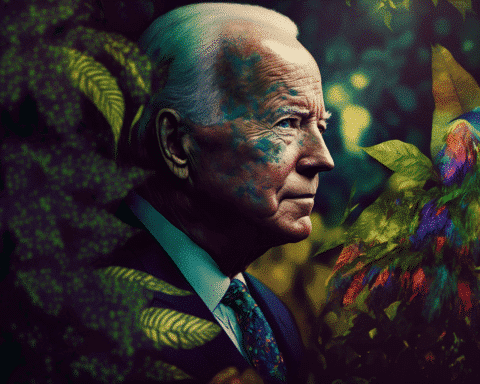The National Football League (NFL) is facing serious questions over its policy on cold-weather games after a recent Kansas City Chiefs versus Miami Dolphins matchup left fans suffering from hypothermia and frostbite. This situation brings to the forefront the potential dangers of hosting games in extreme weather conditions and the adequacy of current NFL guidelines to protect fans and players.
As the Chiefs triumphed 26-7 over the Dolphins at Arrowhead Stadium, the arctic-like conditions were not just a backdrop but a significant concern. CNN reported that temperatures at kickoff plunged to -4 degrees Fahrenheit, with a wind chill factor making it feel like -20 degrees, marking it the fourth coldest game in NFL history. Per the Peacock broadcast, the frigid conditions worsened by the game’s end, dropping to -9 degrees and feeling like a bone-chilling -28 degrees.
The Kansas City Fire Department (KCFD) was on high alert, aiding 69 people during the game, with approximately half treated for hypothermia symptoms. KCFD battalion chief Michael Hopkins detailed the extent of the emergency response, including transporting several individuals for hypothermia and frostbite treatment.
Even the players were not immune to the extreme cold. Chiefs quarterback Patrick Mahomes’s helmet notably broke under the harsh conditions, underscoring the severe impact of the weather. Mahomes himself commented on the cold’s effect on his equipment and play.
Comparatively, a game between the Buffalo Bills and Pittsburgh Steelers was postponed due to heavy snow and blizzard conditions, raising questions about the inconsistency in handling extreme weather scenarios in the NFL. Marshall Shepherd, Director of the Atmospheric Sciences Program at the University of Georgia, expressed concerns to CNN Sport about the underestimation of risks associated with extreme temperatures, suggesting a reevaluation of hosting events in such conditions.
The NFL’s current game operations policy manual mandates preparations for snowy or cold weather, including snow removal and the provision of heated benches. However, it notably lacks guidelines on postponing games due to extremely cold temperatures or specific measures to protect fans in such conditions. Shepherd highlighted the often-overlooked dangers of extreme temperatures, emphasizing their status as the deadliest weather in the US.
In response to the extreme cold at the Chiefs-Dolphins game, measures such as allowing blankets in the stadium and providing warming stations were implemented. However, these proved insufficient for some fans who still suffered from cold-related ailments. Shepherd suggested additional protective measures and even proposed barring fans from attending games in specific extreme temperature scenarios, drawing parallels to the COVID-19 pandemic’s impact on sporting events.
The Chiefs’ upcoming playoff game against the Bills, set in similarly cold conditions, adds to the ongoing debate. While some fans felt adequately prepared and safe, others’ experiences have sparked discussions on moving games to earlier times or stadiums with domes.
CNN reached out to the NFL for comments on reviewing its cold-weather policy. As the effects of human-caused climate change intensify extreme weather, the recent events at Arrowhead Stadium serve as a stark reminder of the challenges and potential dangers for fans and players in the love of the game.
The Chiefs-Dolphins game has highlighted football fans’ and players’ resilience and passion and raised important questions about the NFL’s responsibility to ensure safety during extreme weather conditions. As the league contemplates the future of its cold-weather policies, it’s clear that the safety and well-being of all involved must be a priority, lest the love for the game becomes a dangerous ordeal.




